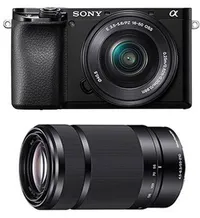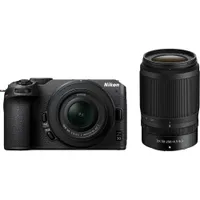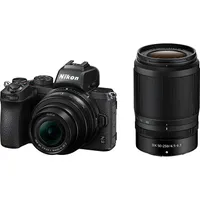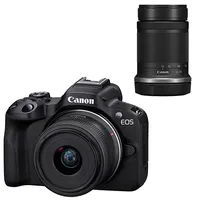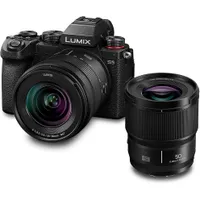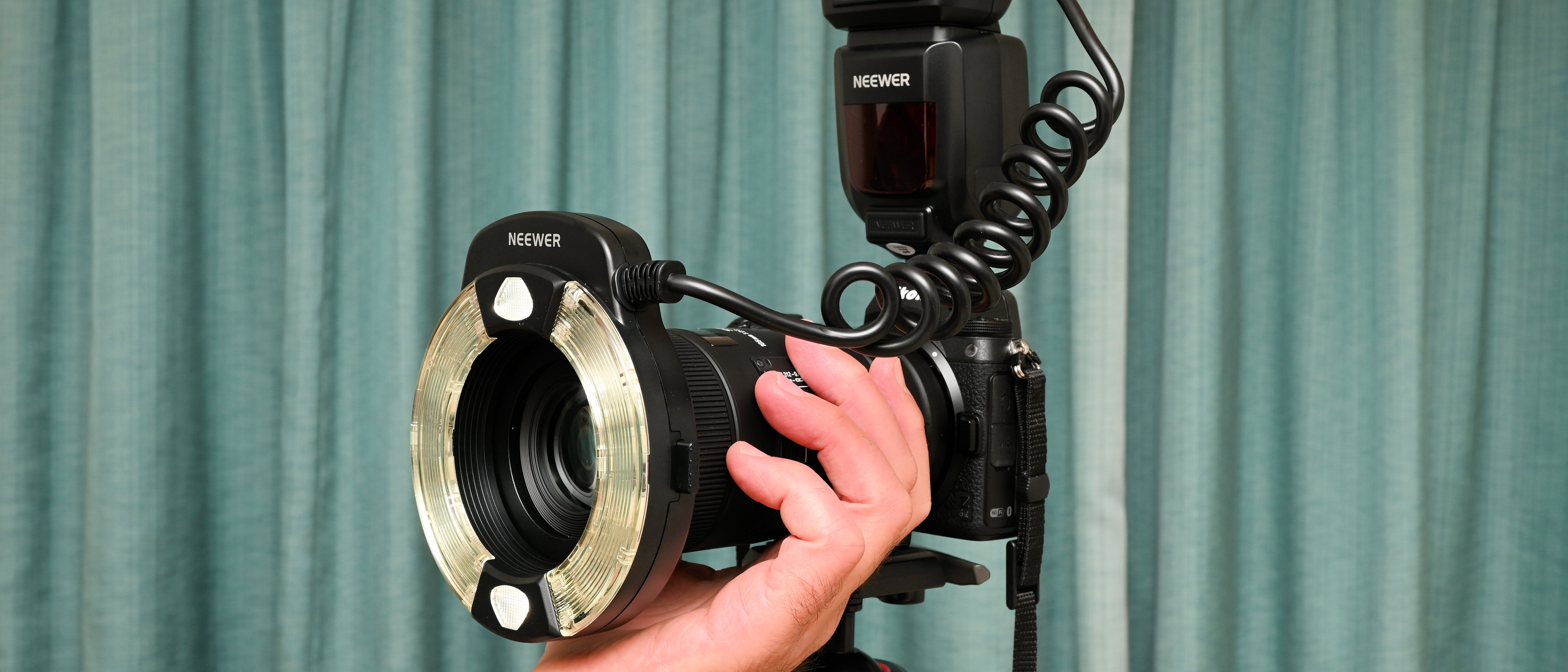Bag a big camera bargain with these double lens deals from Canon, Sony, Nikon and Panasonic!
Buying a camera in a two-lens bundle is the best value – and means you won't need to buy more lenses any time soon
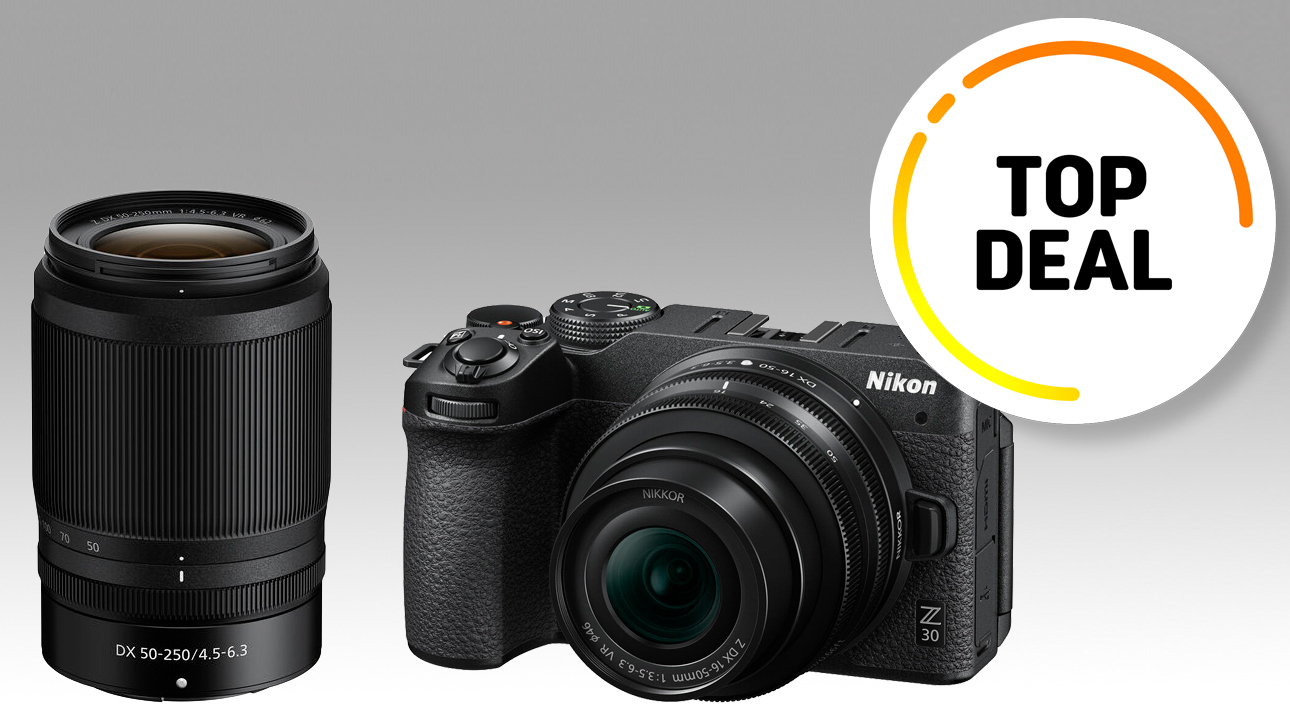
We saw some great twin-lens camera kit deals over Black Friday, but we have just checked some of these deals are still running - and some of them have dropped in price even further!
If you're investing in a camera for the first time, there is a better approach to trying to find a camera deal and then trying to find a lens deal to match it – and the answer is to buy a twin-lens kit.
If you're unfamiliar with the term, this means a bundle that includes a camera (usually with an APS-C sensor) and two "kit lenses". These are general-purpose optics that cover one of two focal ranges: standard and telephoto.
Usually a camera comes bundled with just one of these kit options (typically the standard as that's the most widely used). Looking for a twin kit lens option offers great value, but more than that it means that you won't need to buy another lens unless you really, really want to – after all, you have an enormous 18-250mm range, covering pretty much all the photography bases!
The best twin lens kit camera deals
Sony A6100 twin lens kit was £1,149| £899
Save £250 at Amazon The popular A6100 boasts a rich 24.2MP sensor with powerful autofocus and 4K video. It comes with the 16-50mm f/3.5-5.6 Power Zoom and 55-210mm f/4.5-6.3 lenses, both of which are image stabilized.
Nikon Z30 twin lens kit | was £1,069 | now £819
Save £250 at Jessops Nikon's 20.9MP Z30 offers live streaming in 4K 30p or Full HD 60p, making it great for creators. The Z DX 16-50mm f/3.5-6.3 and Z DX 50-250mm f/4.5-6.3 have stabilization and cover a very impressive focal range.
Nikon Z50 twin lens kit | was £1,249 | now £979
Save £270 at Amazon The 20.9MP Z50 comes with stabilized Z DX 16-50mm f/3.5-6.3 and Z DX 50-250mm f/4.5-6.3 lenses, giving you everything from wide-angle to telephoto without any gaps.
Canon EOS R50 twin lens kit | was £1,099 | now £1000
Save £99 at Amazon With a 24.2MP sensor, oversampled 4K, 15fps bursts and advanced AF, the R50 is a great all-rounder. The RF-S 18-45mm f/4.5-6.3 and RF-S 55-210mm f/5-7.1 lenses are both image stabilized, for smooth shooting.
Panasonic Lumix S5 + 20-60mm f/3.5-5.6 + 50mm f/1.8 | was £1,999.99 | now £1,499
Save £500 at Amazon If you want a bigger full-frame sensor, the original Panasonic S5 is well worth a gander. The S5 can record internal 4K 4:2:2 10-bit 30p, 4K 4:2:0 10-bit 60p or unlimited 4K 4:2:0 8-bit 30p. This kit comes with the 20-60mm f/3.5-5.6 and 50mm f/1.8 so you’re ready to start shooting.
The best camera deals, reviews, product advice, and unmissable photography news, direct to your inbox!

James has 25 years experience as a journalist, serving as the head of Digital Camera World for 7 of them. He started working in the photography industry in 2014, product testing and shooting ad campaigns for Olympus, as well as clients like Aston Martin Racing, Elinchrom and L'Oréal. An Olympus / OM System, Canon and Hasselblad shooter, he has a wealth of knowledge on cameras of all makes – and he loves instant cameras, too.
